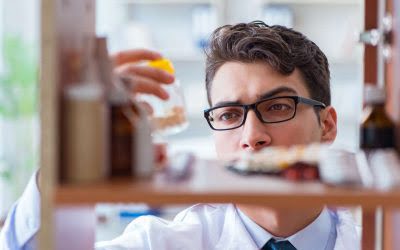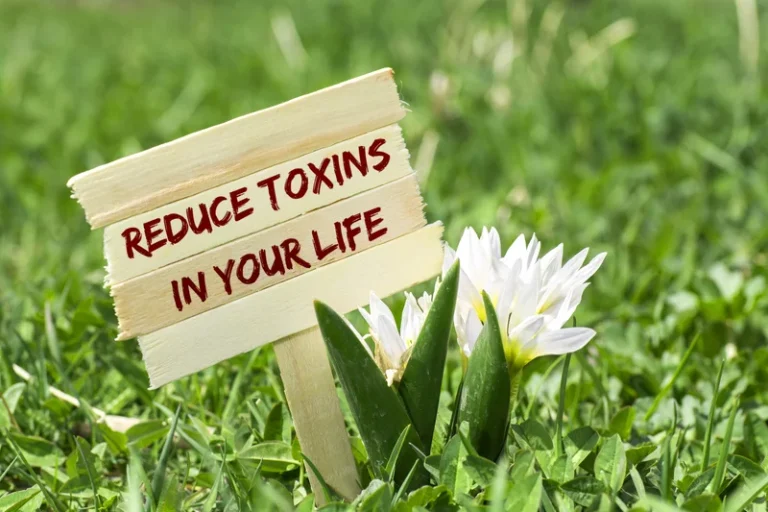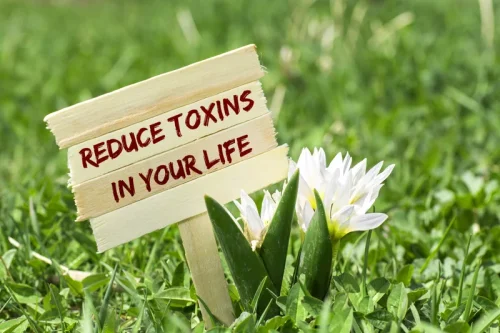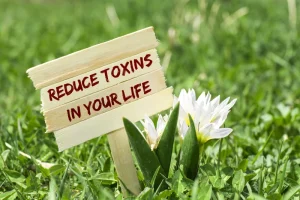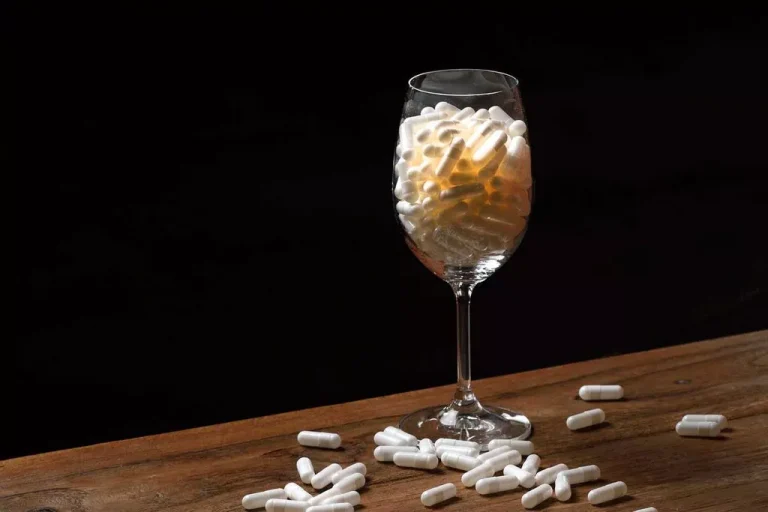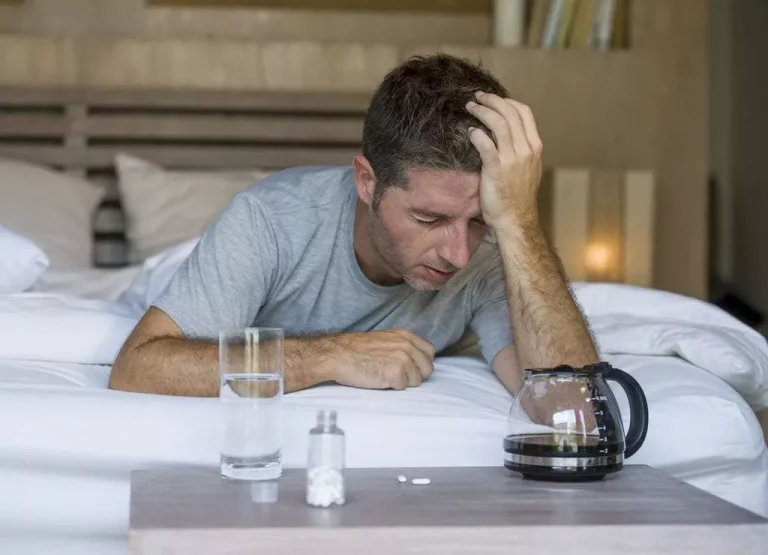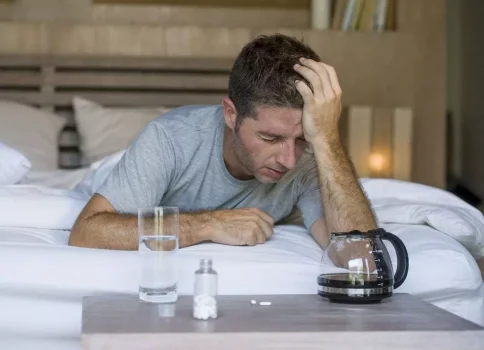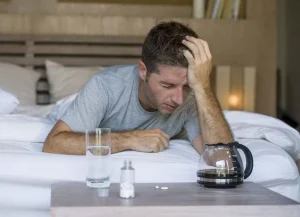Causes of PTSD: Risks, Genetics, Neurological Factors

Nightmares can lead to sleep disturbance or cause someone to avoid sleep altogether. Researchers don’t know the exact relationship between PTSD and recurring nightmares, but they seem to create a scary cycle. Some evidence suggests that nightmares can occur through any stage of sleep but often happen at later points of the night. PTSD-related nightmares occur at the scene of the trauma or re-enact the trauma altogether.
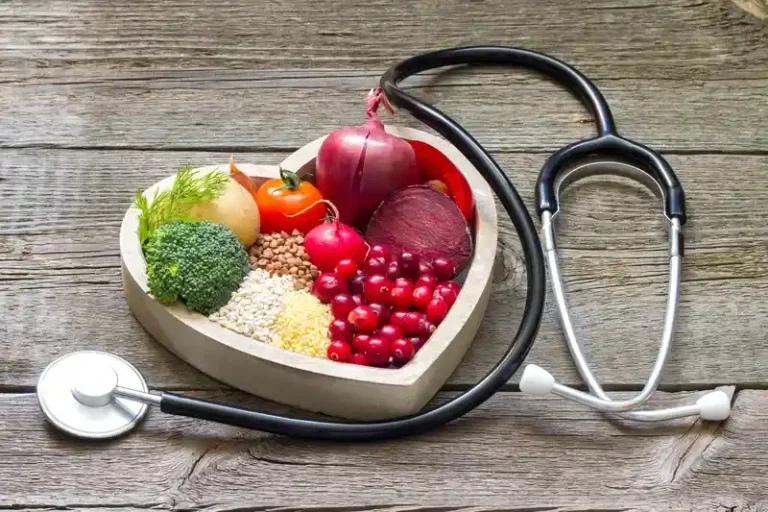
The Complex Relationship Between PTSD and Memory
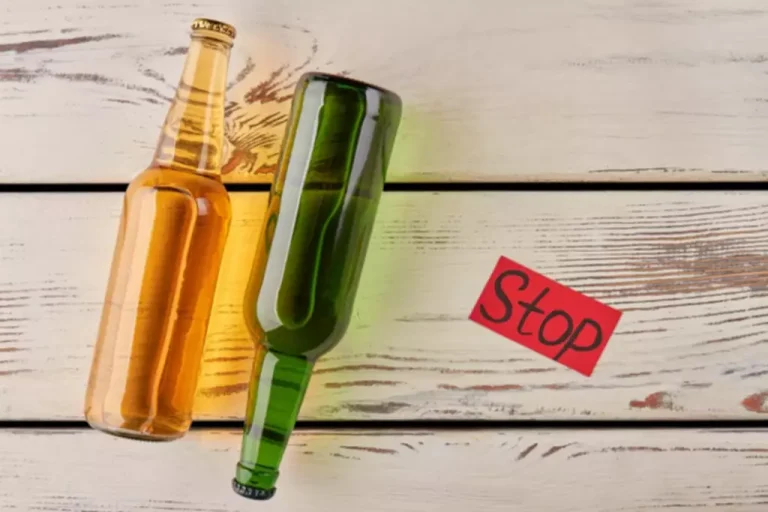
If you experience a blackout by yourself, you probably will not be aware enough to control your actions in the moment. The best way to combat this is to learn how to prevent PTSD blackouts. In a large genetic study of more than 200,000 people (and 30,000 people living with PTSD), researchers found that genetics accounts for 5% to 20% of PTSD risk following a traumatic event. PTSD may also lead to a smaller hippocampus, the part of the brain that regulates stress hormones and plays a major role in memory and learning, as well as fear learning and conditioning.
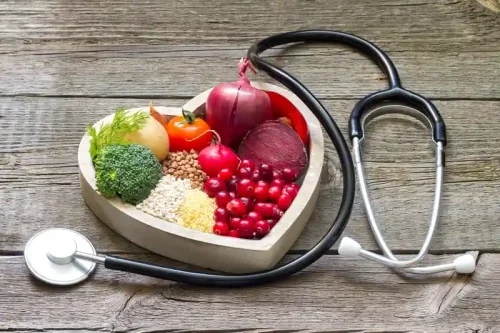
Treatment
Examples include post traumatic stress disorder, depression, and the dementia conditions. If you are experiencing these symptoms or any other worrisome symptoms, seek the advice of a health care provider. PTSD is a complex mental health condition that develops in response to experiencing or witnessing traumatic events. It is characterized by a range of symptoms, including intrusive thoughts, nightmares, hypervigilance, and avoidance behaviors. Among these symptoms, blackouts represent a particularly challenging aspect of PTSD, often leaving individuals feeling disoriented and disconnected from their own experiences.
Risk Factors
It’s important to note Sobriety that medication should always be prescribed and monitored by a qualified healthcare professional, as individual responses can vary. Some medications may have a positive impact on PTSD symptoms, like anxiety, depression, and sleep disturbances. If you’re experiencing any of these, consider reaching out to your healthcare professional, if available.

- Each of us responds differently to trauma, and no two experiences are alike.
- It’s possible to find treatment and begin your healing journey without a diagnosis.
One of the symptoms of PTSD is physical, emotional, mental, or time based blackouts. Physical blackouts you find yourself on the floor wondering what the hell just happened. Trigger induced or just the physical drain of keeping secrets which is often part of the trauma for abuse victims. Feeling compelled to stay quiet about past events takes a toll physically. This is a powerful but ineffective way to cope with emotional pain.
- Childhood trauma often causes C-PTSD, especially child abuse perpetrated by parents or caregivers.
- This involves meeting with a psychologist or therapist regularly to process your feelings around the traumatic event and learn coping skills.
- Anxiety blackouts, also referred to as stress-induced memory loss, are temporary lapses in memory that occur during periods of intense anxiety or stress.
- This response protects you by preparing your body for action against a threat.
- All 262 participants had either been POWs in World War II or the Korean War, and they had been exposed to multiple forms of trauma, including combat, capture, and imprisonment.
Depression
You can develop post-traumatic stress disorder when you go through, see or learn about an event involving actual or threatened death, serious injury or sexual assault. Regardless of age, recent studies show more frequent blackout experiences are related to an increase in memory lapse and cognitive difficulties even after alcohol misuse is corrected. This means that even after a blackout occurs, you can continue to experience memory loss and other difficulties recalling memories. But sometimes, auditory or visual cues can help a person piece together memories of what happened during a blackout. These cues could come in the form of texts, pictures or conversations with people who were present while you were blacked out. The medical term for blackouts is called transient loss of consciousness (TLOC).
Because of its broad effects on the nervous system, PTSD can cause some less well-known symptoms, too, including dissociation, brain fog, and physical pain. If you sometimes lack mental clarity and feel fatigued, you may be experiencing PTSD-related brain fog. Understanding your symptoms and signs and educating yourself about health conditions are also a part of living your healthiest life. The links above will provide you with more detailed information on these medical conditions to help you inform yourself about the causes and available treatments for these conditions. For individuals with PTSD, these blackouts may occur during times of extreme stress or anxiety. While not everyone with PTSD will experience blackouts, for those who do, it can present significant challenges.
Diagnosing and Treating Anxiety Blackouts
Blackouts involve complete memory loss caused by your brain’s inability to record new memories for a period of time due to the effects of excessive alcohol, substance misuse or some other condition. While personal coping skills can greatly help prevent and deal with blackouts, professional help is often necessary for truly effective management. This could involve psychotherapies such as Cognitive Behavioral Therapy (CBT), Eye Movement Desensitization and Reprocessing (EMDR), or medication in some cases. This causes your brain to keep replaying fearful memories rather than processing that the traumatic event is over.
- Prolonged stress can also decrease immune system function, which can lead someone with PTSD to experience more frequent infections, like the cold and flu.
- Psychiatrist and addiction specialist David Streem, MD, discusses how alcohol and substance use aren’t the only pathways to memory loss and shares what’s really happening when you’re blacked out.
- However, there is not enough evidence to support these techniques, and none of the below substances are approved by the Food and Drug Administration (FDA) to treat PTSD.
- When an individual experiences trauma, the brain’s stress response system becomes hyperactivated, leading to changes in the way memories are processed and stored.
- People with PTSD may experience panic attacks or later be diagnosed with a co-occurring panic disorder.
Can PTSD Cause Blackouts?
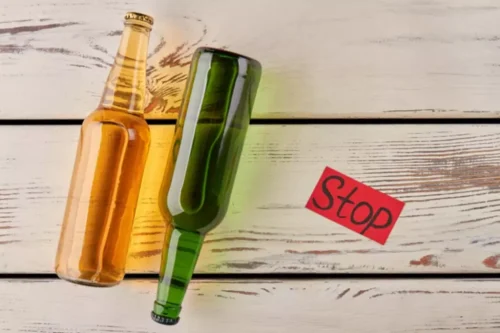
Although the symptoms typically fall into distinct categories, the overall experience and intensity varies from person to person. You may have more PTSD symptoms when you’re generally stressed or when you come across reminders of what you went through, including the same time of year when a past traumatic event happened. For example, you may hear a car backfire and relive combat experiences. Or you may see a report on the news about a sexual assault and feel overcome by memories of your assault. Post-traumatic stress disorder (PTSD) is a mental health condition that’s caused by an extremely stressful or terrifying event can ptsd cause blackouts — either being part of it or witnessing it.

